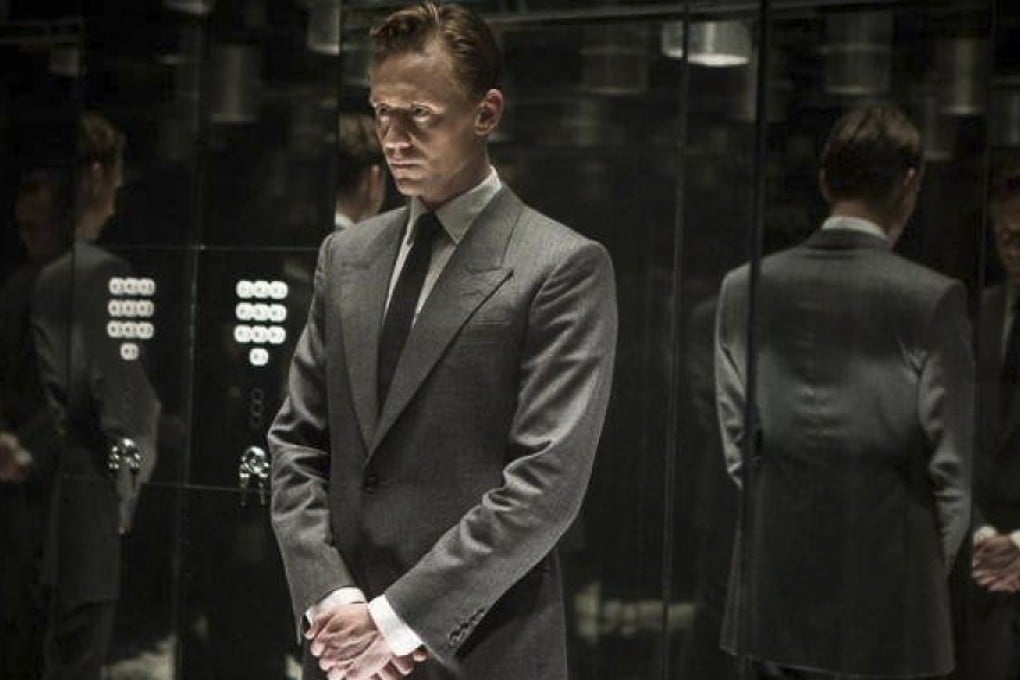J.G. Ballard's High-Rise explores the heights of unreason and the architecture of savagery
The visionary British writer, whose novel High-Rise has just been turned into a film by Ben Wheatley, investigated the links between the world we've built and extreme states of being

J.G. Ballard's , published 40 years ago and soon to be seen on cinema screens in a film adaptation directed by Ben Wheatley, begins with one of the most arresting first sentences in 20th-century literature: "Later, as he sat on his balcony eating the dog, Dr Robert Laing reflected on the unusual events that had taken place within this huge apartment building during the previous three months."
is the final part of a quartet of novels - the first three are (1970), (1973) and (1974), with each book seeded in the previous one. Thematically follows on from with its typically Ballardian hypothesis: "Can we overcome fear, hunger, isolation, and find the courage and cunning to defeat anything that the elements can throw at us?" What links all of them is the exploration of gated communities, physical and psychological, a theme that is suggestive of Ballard's childhood experiences interned by the Japanese in a prisoner-of-war camp on the outskirts of Shanghai in the 1940s (which he explored in , the autobiographical novel turned into a film by Steven Spielberg). It was, he always claimed, an experience he enjoyed.

The built environment is not a backdrop; rather, it is integral and distinctive in its recurring imagery - from abandoned runways to curvilinear flyovers and those endlessly mysterious drained swimming pools. Perhaps more than any other writer, Ballard focused on his characters' physical surroundings and the effects these had on their psyches. Ballard, who died in 2009, was also interested in the latent content of buildings, what they represented psychologically. Or, as he once obliquely put it, "does the angle between two walls have a happy ending?" - by which he meant that we project narrative on to external reality, that the imagination remakes the world. In Ballard's fiction, nothing is taken at face value.
In and especially, Ballard examines the flip side to what he called the "overlit realm ruled by advertising and pseudo-events, science and pornography" that and mapped out. Under-imagined or liminal spaces, such as multistorey car parks and motorway flyovers, act as metaphors for the parts of ourselves that we ignore or are unaware of. His characters are often forced to assess their physical surroundings and, by extension, themselves, rather than to take them for granted.
Ballardian space - what he called "inner space", to differentiate it from the science fiction that concerned itself with distant planets and space rockets - is in fact a fusion of inner and outer space. There is no "out there" totally separate from his characters; just as there is no exclusively private, isolated inner life. His most psychologically fulfilled characters look to transcend their physical surroundings, however hostile, by embracing them.
